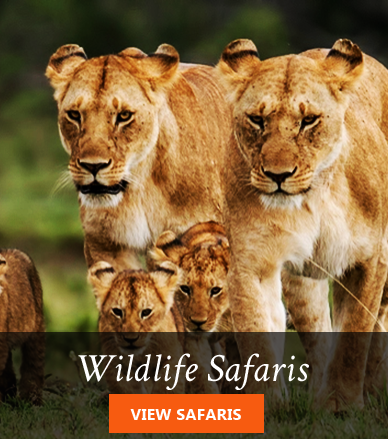Cape Town is a scenic port city at the south-western corner of Africa. The region receives about 530mm of rainy annually, chiefly in the low-sun winter, between April and October. Cable Cars take visitors up to the flat-topped sandstone massif of Table Mountain Nature Reserve. Tours and hiking trails lead through montane fynbos with the rock hyrax, speckled pigeon, and the orange-breasted sun bird.
Cape of Good Hope Nature Reserve – 19,133 acres – protects the tall cliffs of Cape Point and open flatlands with 1,200 plant species. The chacma baboon, Hartlaub’s and kelp gulls, the red-winged starling, and the reintroduced bontebok are common. Southern right whales, Cape fur seals, and Cape cormorants feed in nearby waters.
THE CITY
This town, sometimes referred to as the Mother city of South Africa, is arguably one of the most beautiful cities in the world. Surrounded by the Atlantic and dominated by the Table Mountain, this city is characterized by an urban feel, a rugged untamed and dramatic beaches.
To get an idea of the city, take a tour to the top of the Table Mountain. From the top of the mountain, Cape Town stretches below in a horse-shore formation by the mountains. Table Mountain lies in the centre, with the Devil’s Peak to the east and Lion’s Head and Signal Hill to the western side. The City Bowl lies straight ahead. This is the Central Business District surrounded by leafy suburbs. It is also the heart of cape town, historically speaking. Here you find all the historical buildings, museums etc. Further down, you find the Victoria and Alfred Waterfront, where you find restaurants and shopping malls.
Along the coastline, around to the west,there is the modern residential areas of Sea point and Green point. This area is dominated by the enormous Green Point Stadium, built for the 2010 FiFa World Cup. In the opposite direction the southern suburbs stretch west and south, dipping from the mountain’s slopes, and here, under a blanket of trees, are Cape Town’s largest mansions as well as beautiful Kirstenbosch Botanical Gardens.
Further out on False Bay are the Cape Flats, their sprawling townships a lasting testimony of the Apartheid era. Beyond, in the beautiful Winelands region, the old towns of Stellenbosch, Franschhoek and Paarl nestle in a range of low mountains and scenic valleys covered by the vineyards of historic wine estates which have been cultivating grapes for some 300 years.
THE PEOPLE OF CAPE TOWN
Cape Town’s population is the most cosmopolitan in the country, with a mix of cultures, ethnicities and religions that drive the very pulse of the city. The mishmash of people, including white descendants of Dutch and British settlers, a black African population and the distinctive ‘Cape Coloured’ community, results in a vibrant cultural scene. It is this mixture of environments and communities that makes Cape Town such an instantly likeable and captivating city. Few places in the world can offer mountain hiking, lazing on a beach, tasting world-class wines and drinking beer in a township shebeen all in one day. Put simply, it is a city worth crossing the world for.



Leave a Reply